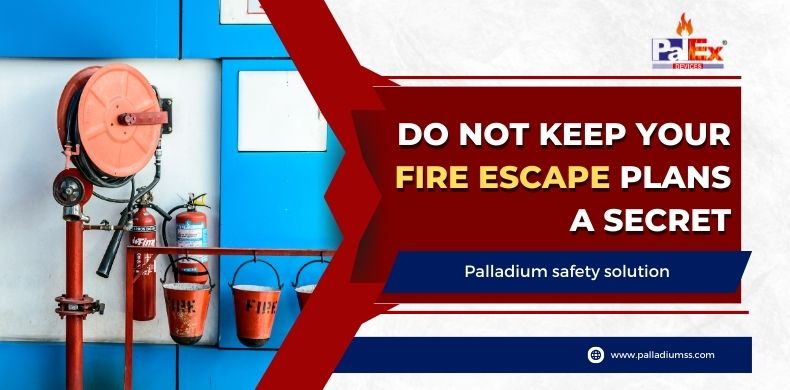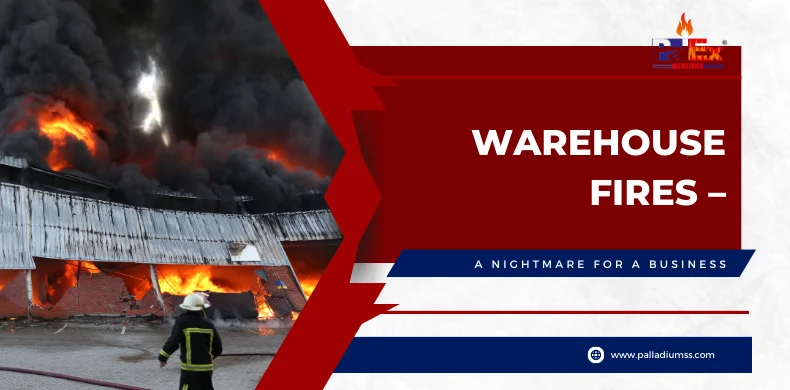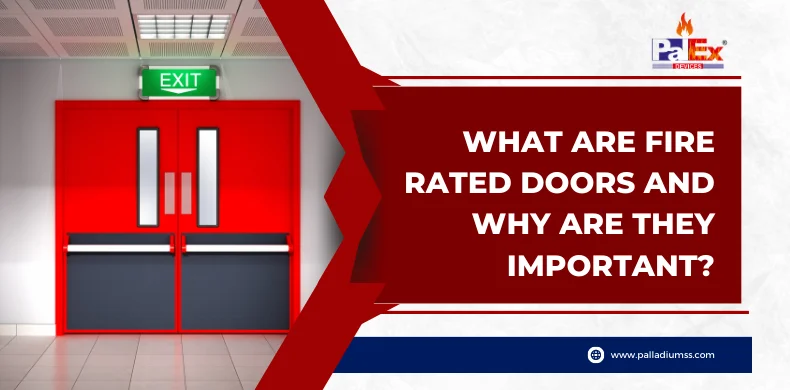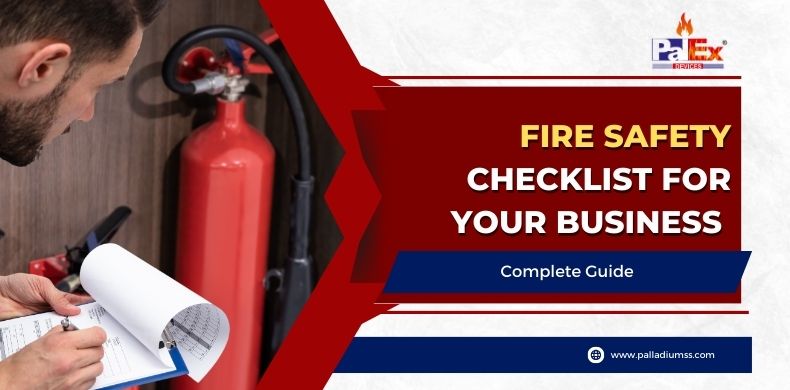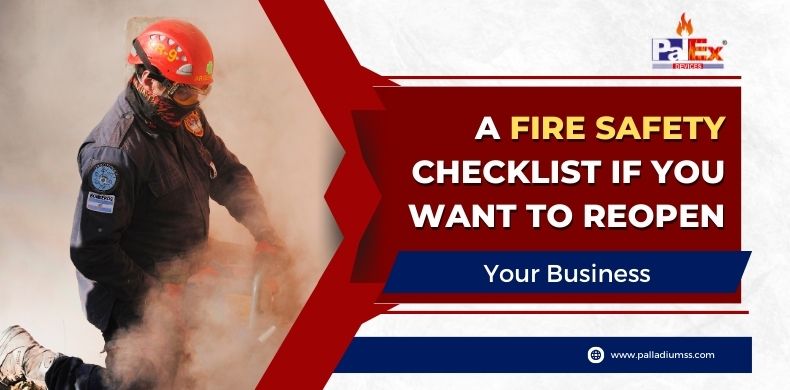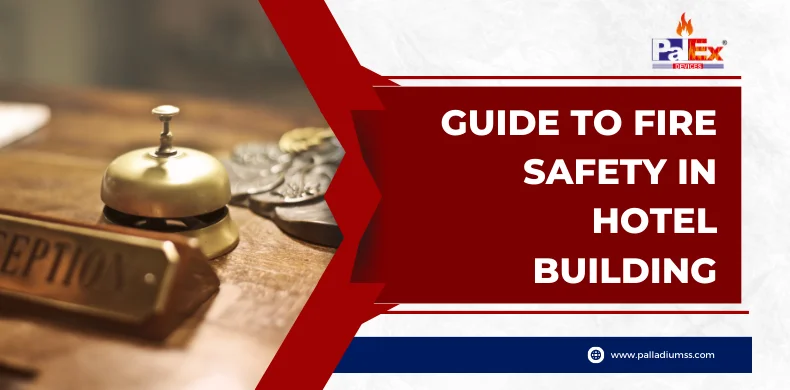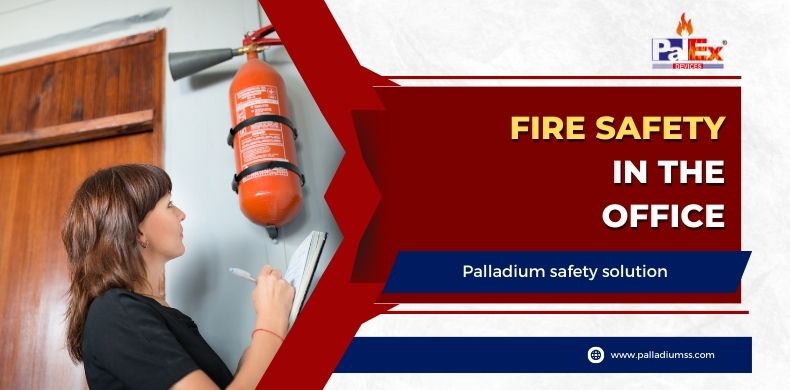Common Electrical Panel Problems and Solutions
There are several common electrical panel problems that homeowners may encounter, and here are some potential solutions:- Circuit Breaker Stumbling Frequently: If a circuit breaker stumbles frequently, it can be due to several reasons. It might be since of an over-burden circuit, a short circuit, or ground blame. To settle this, unplug any appliances or devices on the course and attempt resetting the breaker. Call a circuit tester to analyze the issue if it continues to trip.
- Burnt or Melted Wires: Burnt or melted wires are frequently caused by an over-burden circuit or a free association. If you notice burnt or melted wires in your electrical panel, turn off the power to the affected course immediately and call an electrician to repair the problem.
- Corroded Connections: Over time, connections in your electrical panel can become rusty, which can cause poor conductivity and electrical issues. If you take note of corroded associations, turn off the control to the influenced circuit and clean the joins with a wire brush or contact cleaner. If the erosion is extreme, you must replace the affected components.
- Old or Outdated Panel: In case your electrical board needs to be updated, it may not be able to handle the electrical requests of your household or building. This may cause visit breaker stumbling, control surges, and other issues. Consider updating to a more current, productive show in case your board needs to be updated.
- Loose Connections: Loose connections in your electrical panel can cause poor conductivity, leading to overheating and other issues. If you take note of corroded associations, turn off the control to the influenced circuit and clean the joins with a wire brush or contact cleaner. If the erosion is extreme, you must replace the affected components.
- Buzzing or Humming Sounds: Buzzing or humming sounds from your electrical board might show an electrical issue, such as a free association or a falling flat component. If you listen to these sounds, turn off the control to the influenced circuit and call a circuit tester to analyze and repair the issue.
Also read :Causes of fire at workplace


